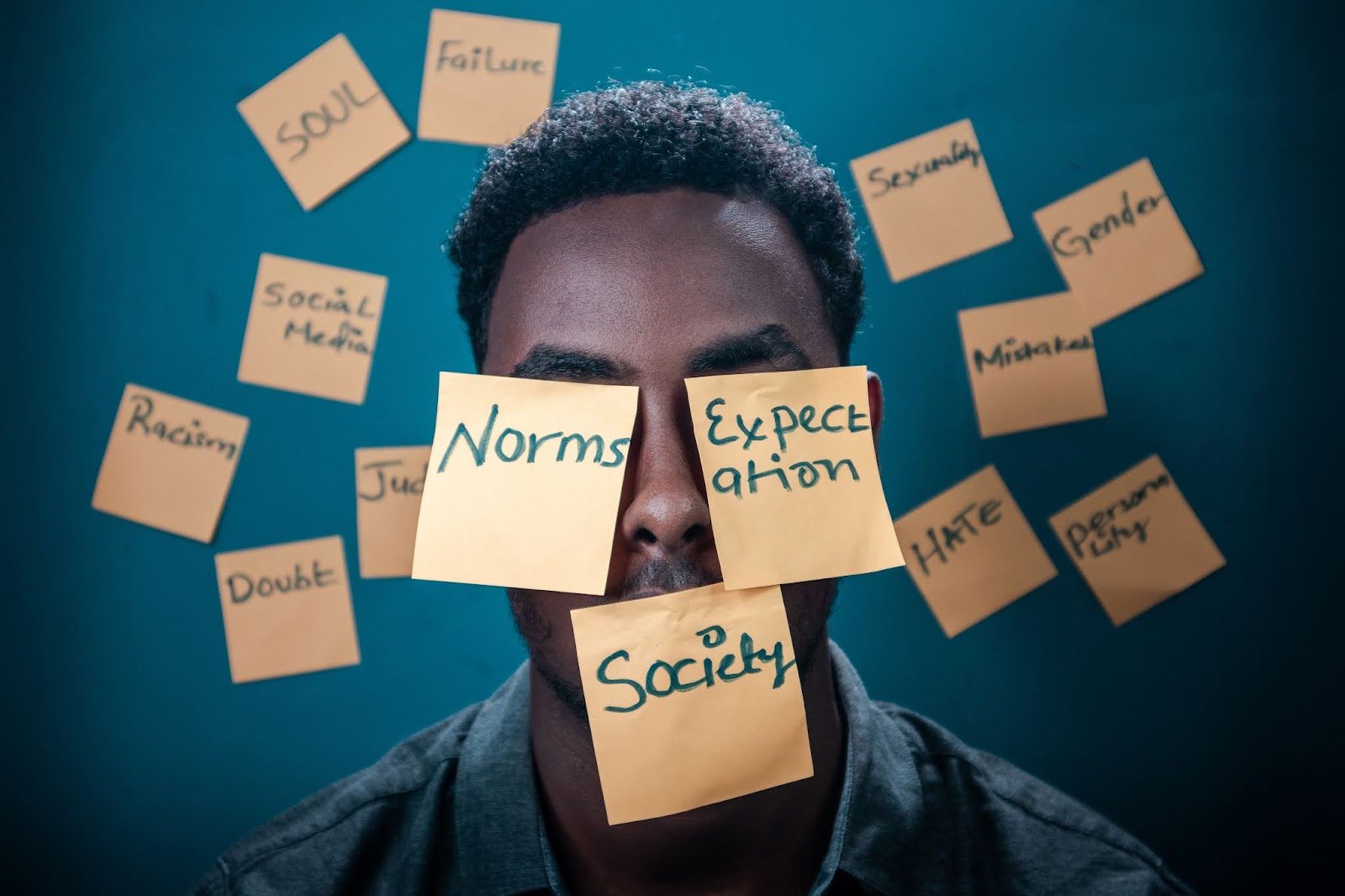Art in essence is representation of society. Be it music, films, painting, dancing, all of this represents the different societies we live in. To some extent art also influences our way of thinking. A famous painting may make you rethink certain aspects of life, a dance form may tell you the history of a place etc.
Films, music, dance, magazines, books etc when combined together are called popular culture. Therefore there’s no doubt that popular culture does have an effect on everyone’s day to day lives.
According to Sanjeev Kumar HM, “popular culture represents a synonymous interpretation of mass culture wherein, a large section of people of a society, cutting across class barriers, go through a collective experience”.
“Mass media, especially the electronic ones, with their transnational sweep and influence, have emerged as crucial agents in structuring this entire process.
Particularly in this regard, cinema has assumed a crucial role by virtue of its pervasive mass appeal and its ability to deeply push itself into the popular psyche and create a penetrative impact upon people’s thinking and imagination.”
Cinema or rather visuals has proved to be one of the best mechanisms to show or rather spread the contemporary trends in popular culture. Cinema at the same time has helped in shaping these contemporary trends too. This article, therefore, would look at how Bollywood has represented Muslims.
1. The Role of Bollywood
Over the last two decades, Bollywood has created a very stereotypical view of the Muslims through its movies. This is precisely because after the 9/11 attacks in the US, a very negative image of the Arab world was presented or rather showcased by the Western media.
Hollywood too picked it up and subsequently Bollywood too cashed in. The negative portrayal of Muslims in Bollywood gained significant momentum after the 26/11 attacks in Mumbai. The only film which tried to portray a positive image of a Muslim was Chak De India starring Shahrukh Khan.
2. How Have Muslims Been Represented in Bollywood
Politics and Bollywood has a special relationship which dates back to the time India gained independence. Pandit Nehru had requested filmmakers to make films which would demonstrate unity in diversity in India. Since then, politics has influenced Bollywood either directly or indirectly.
Films such as Lakshay, Border LOC Kargil were made in the early 2000s after the Kargil war, keeping in with the rise of nationalism in India. Similarly after the 26/11 attacks, Bollywood films picked up a trend of showcasing Muslims negatively.
A careful study of Bollywood tells us that in early years of Bollywood, Muslims were shown as Mughal Kings and Queens but after 9/11 things changed. From being shown as Badshas, Nawabs and aristocrats they are now reduced to just tramps and gun toting Jihadis on the screen.
The gradual but systematic portrayal of Muslim characters in Bollywood films over the years, silently tells the story how Muslims have fallen places in the Indian society.There are a number of ways by which Bollywood presents a negative image of the Muslims.
According to Sanjeev Kumar, “The easiest way by which Bollywood does this is by presenting to its audience a stereotypical image of a Muslim, who appears in typically Muslim attire, reflects mannerisms considered to be purely Islamic and is also depicted as a strict adherent of the codes of Islamic religiosity".
Quite a number of Bollywood films have shown Muslims as criminals, crooks, and as people who cannot be trusted. Muslims have been portrayed as anti-national and as outsiders whose patriotism is questionable, they are shown to be more loyal to Islam than the nation.
3. What Scholars Have to Say
Jessop (2000) sheds light on the change of public opinion about Muslims. He says that now cinema is creating differences between Indians on religious levels. India has a big minority of Muslims who have been living in India for thousands of years.
But, now Muslims are looked at as terrorists, traitors, and militants etc. where women and children are also included. The credit of this goes to Bollywood for portraying the Muslims in this manner.
"Plenty of movies are made in which Muslims are shown as b ad people who are not faithful their motherland and involved in fostering violence in Indian areas. The Hindu-Muslim hatred had increased after such films. Due to these films the society has cornered Muslims and brought them in a defending position.
Sayeed (2007) says that Bollywood has categorised all Muslims as one, ignoring the diversity amongst the Muslim population completely. He says, "It is practically impossible to put all the followers of Islam residing in India into one huge category.
They are culturally, linguistically, demographically, economically, professionally, and perhaps politically as diverse as the rest of the Indians. They even follow the cannons of Islam differently all over South Asia".
4. Conclusion
It is pretty clear that Bollywood does play a very important role in shaping viewpoints so it is imperative that Bollywood takes a lot more responsibility and ensures that it represents the reality and not imaginary sequences.
Written by - Kshitij Kumar Ojha
Edited by - Daity Talukdar












0 Comments